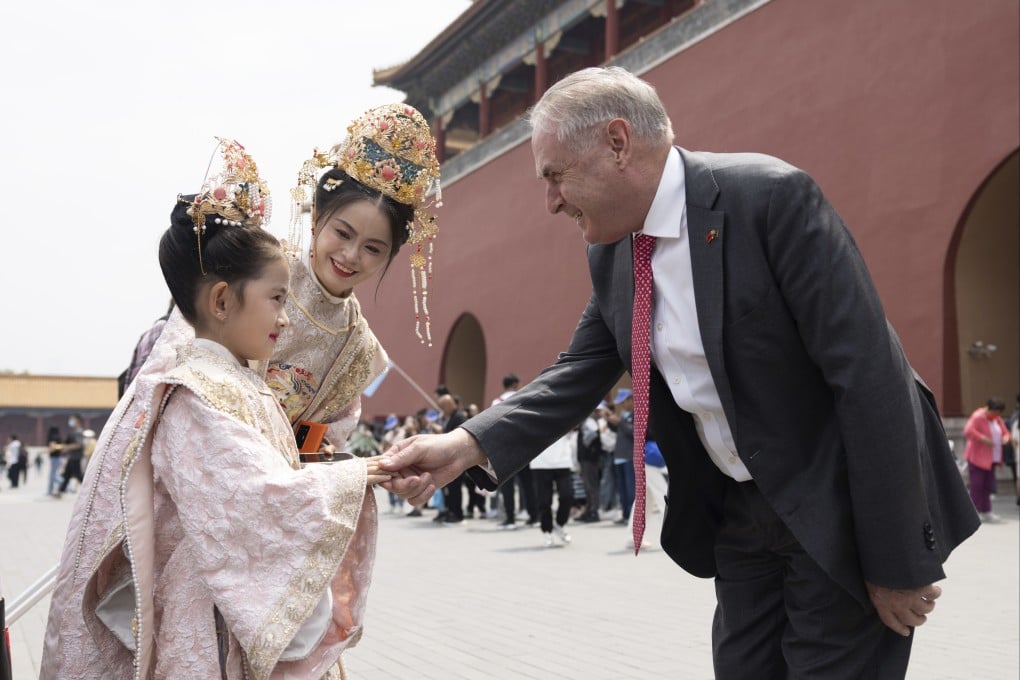Explainer | C919, durian and record-high youth unemployment: 9 things you might have missed from China’s economy in May
- Unemployment among China’s youth rose above 20 per cent for the first time in April, data released in May confirmed, while exports grew at a slower pace
- Trade ministers from China and Australia also met, while Hainan is readying for its first durian harvest this year and the C919 completed its first commercial flight

May further underlined the difficulties facing China’s economic recovery, with data on record-high youth unemployment and sluggish retail sales, slowing exports and foreign direct investment, and falling inflation being released for April.
There was, though, some good news as the C919 – China’s first domestically developed narrow-body passenger jet – completed its first commercial flight, while the trade ministers from China and Australia met in Beijing.
1. C919 takes flight
Bearing the symbolic number MU9191, the flight operated by China Eastern Airlines and carrying more than 130 passengers left Shanghai’s Hongqiao International Airport at around 10.30am – about 10 minutes ahead of schedule.
The flight was welcomed with a water salute as it landed at Beijing Capital International Airport at 12.30pm, according to a live feed from state broadcaster CCTV.
The two-hour commercial flight comes after 14 years of development, and as China is seeking to reduce its dependence on foreign technologies amid a bitter rivalry with the US-led West.
